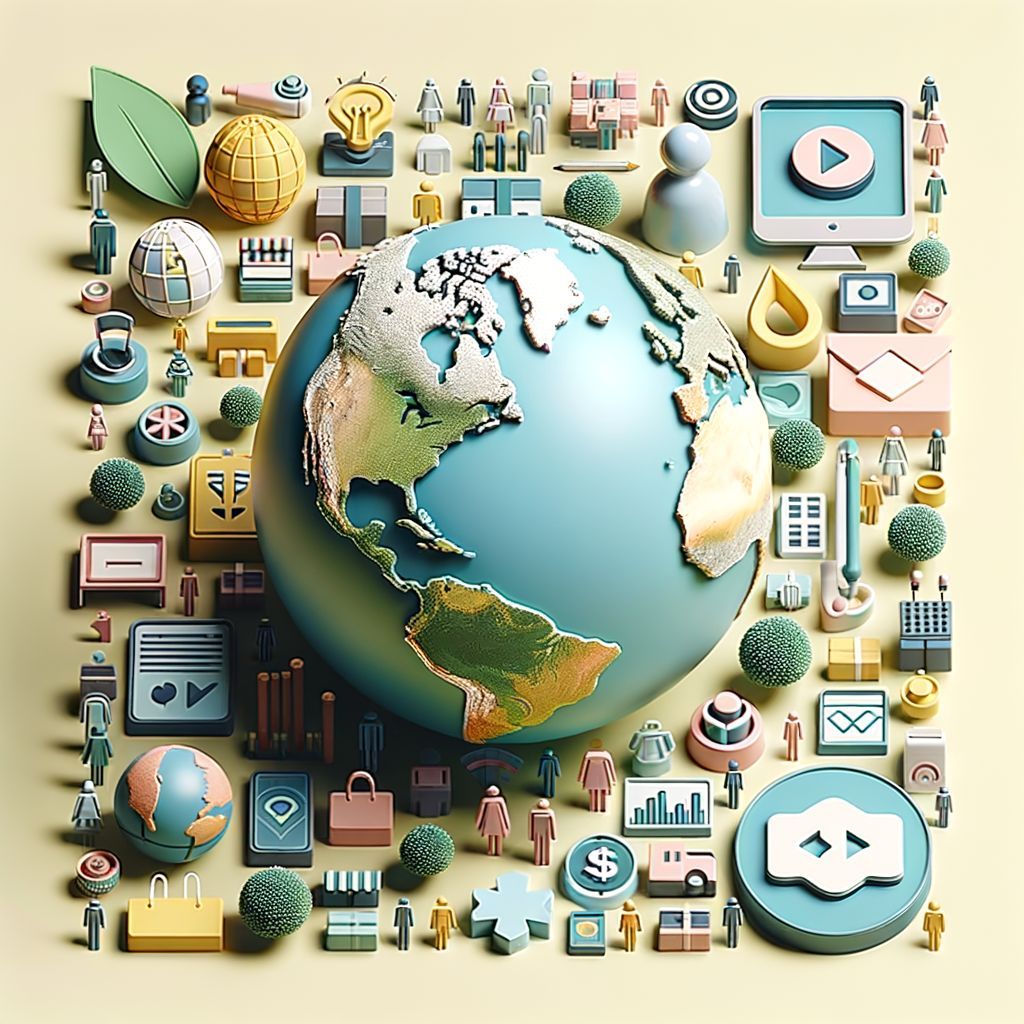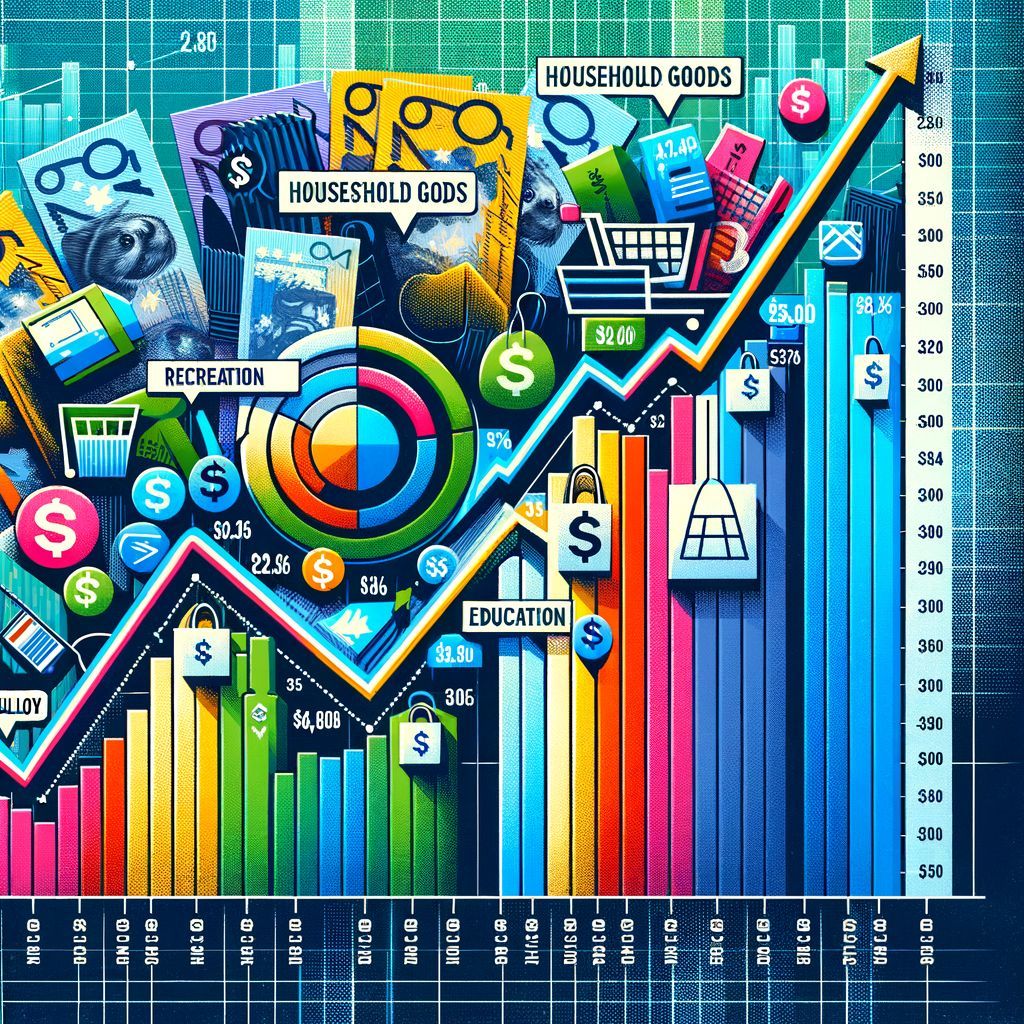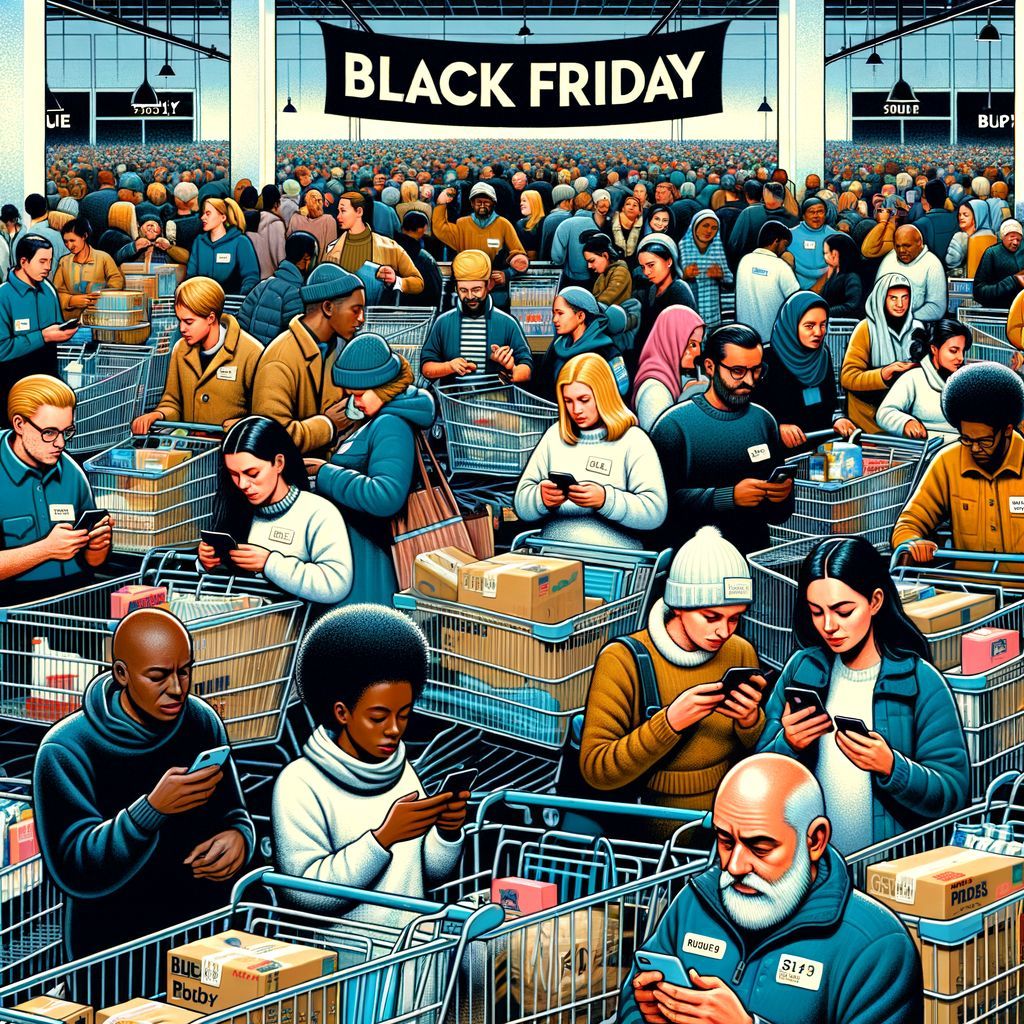

Image by DALL·E Pic: Midjourney
Editors' Note: Many Fast News images are stylised illustrations generated by Dall-E. Photorealism is not intended. View as early and evolving AI art!

Trends shift, brands adapt,
Inclusivity, AI,
Marketers' new map.

Gen AI guardrails, social media innovation, sustainability among Kantar's 10 trends for marketers in 2025
Safety over innovation around Gen AI, the puzzle of slowing population growth, a persistent underestimation of brand impact and the dominance of retail media networks are among Kantar's top 10 trends for marketers to watch next year.
The marketing data and analytics sector firm has released its 'Marketing Trends 2025' report, outlining ten key global trends that are set to redefine the marketing landscape. These trends, based on extensive attitudinal and behavioural data, represent a fundamental shift in how brands connect with consumers.
Dan Robertson-Jones, Kantar Australia's Head of Culture, Futures and Strategy, boldly states that 2025 will be a significant year for the Australian marketing industry. He suggests that emerging trends such as sustainability, inclusivity, ageing demographics, AI, Livestreaming and Retail Media Networks will move from the periphery into the mainstream, defining successful marketing strategies.
"2025 promises to be a seismic year for the Australian marketing industry and those who embrace these changes, prioritise data-driven strategies, and champion creativity and inclusivity will be best positioned for success," says Robertson-Jones. "Many of the emerging trends and forces that have been disruptive forces over the past few years will move into the mainstream. With it, they will define what successful marketing looks like."
The 'Marketing Trends 2025' report offers marketers key insights to leverage for growth, addressing slowing population growth, prioritising safety in AI, leveraging livestreaming, collaborating with Retail Media Networks, embracing total video, innovating social media, integrating sustainability into marketing, tapping into creator communities, and pushing the boundaries of innovation.
Among the key trends is that safety will come first with Gen AI as data provenance becomes a big theme in 2025. Kantar research shows more than two in five global consumers don’t trust ads that are AI-generated. As AI becomes more sophisticated, more people will be pushing for transparency in how it’s used.
"Whether they’re using Gen AI to inform data-led investment decisions or to help create ideas and content, marketers will need reassurance that the training data the models are based on are trustworthy, relevant, and reliable," the report authors stated.
Livestreaming platforms like Taobao Live, Douyin and WeChat, which reach half the Chinese population, have some forecasters putting live-commerce sales at 20 per cent of total retail in China by 2026. Livestreaming ads can boost both short-term purchase intent and long-term brand affinity. Kantar’s experts said established brands to look to livestreaming ads to build long-term associations, while medium and smaller brands prioritise increasing awareness and driving immediate interest.
Demanding more from Retail Media Networks (RMNs) is another one of Kantar's predictions. "By collaborating with retailers on their first-party data, marketers can be more precise in targeting and personalising their marketing, which in turn means detailed consumer insights can be used to optimise ad spend and improve campaign effectiveness," the report stated.
"But in 2025, there needs to be transparency about the challenges holding back marketers from investing in RMNs; improved data access, specific media measurement needs, and the ability to drive brand equity."
Embarking on the voyage to total video: The line between broadcast and streaming TV is now all but invisible to viewers. Heavy investment into broadcast TV advertising will continue to be spread across the TV portfolio, and further into video advertising, predicts Kantar. Marketers that take a nuanced approach, testing and learning to find the right mix across traditional channels, SVOD, and AVOD platforms will be best set for success.
Finding ways to combat declining social media attention is also on Kantar's list. The firm noted under a third of people say ads on social media platforms capture their attention, a marked decrease over last year’s 43 per cent.
"This can’t simply be attributed to an attention deficit among younger audiences; disenchantment has struck every generation. Kantar expects to see more creative innovation and visual theatre attempt to capture people’s attention in 2025: experimental camera shots, cuts, and new ways of telling old stories," the report stated.
Then there's the push on sustainability, which is set to become marketing’s job in 2025 according to Kantar, off the back of sustainability legislation ramping up in major economies. This will force businesses to see sustainability as an opportunity as well as a risk. Kantar analysis suggests that sustainability already contributes US$193 billion to the value of the world’s top 100 brands.
Robertson-Jones said with sustainability, inclusivity and ageing demographics, AI, Livestreaming and Retail Media Networks some of the trends marketers will now need to understand and leverage to drive growth, a new day is dawning for the profession.
"Doing so will consign the market challenges and uncertainties of the last few, post-pandemic years firmly into the rearview mirror," he said.










